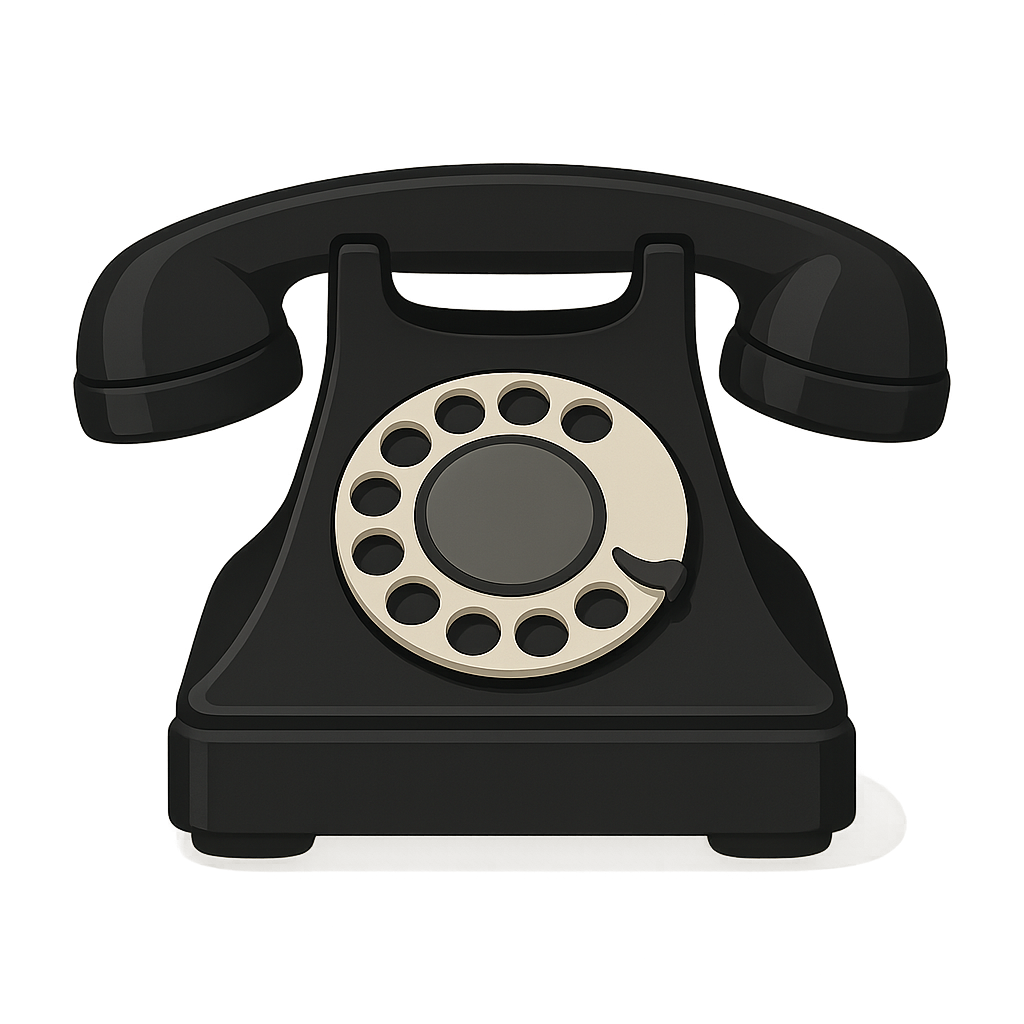The Talking Wire
Hello there. My name is Alexander Graham Bell, and ever since I was a boy, I have been fascinated by sound. It is a magical thing, the way voices can travel through the air. My own dear mother was hard of hearing, and my wonderful wife, Mabel, was deaf. This made me want to understand how sound works more than anything. I wanted to find a way to help them hear. In those days, messages traveled very slowly. You could send a letter, which took weeks, or you could send a telegraph message made of little clicks and beeps over a wire. But I had a bigger, more wondrous dream. What if I could make a wire 'talk' with a real human voice? I was determined to try.
My workshop in Boston was my favorite place in the world. It was a wonderful mess, filled with tangles of copper wires, glass jars of bubbling batteries, and all sorts of strange-looking gadgets that I had built. It smelled of metal, wood, and discovery. I was not alone in my work. I had a brilliant assistant named Mr. Thomas Watson. He was very clever and could build anything I could imagine. Together, we were trying to invent something called a “harmonic telegraph,” which was a machine that could send many telegraph messages over one wire at the same time. One hot afternoon in 1875, while we were working, a small metal piece on Mr. Watson’s machine got stuck. He was in another room, connected to me by our experimental wire. To fix the machine, he plucked the stuck piece. In my room, I held my receiver to my ear and suddenly, I heard a faint sound. It wasn't a click or a beep. It was a musical 'twang'. My heart thumped like a drum. In that single moment, I realized that a sound vibration could be turned into electricity, sent through a wire, and turned back into a sound on the other side. It was my 'Aha!' moment.
That happy accident showed us that we were on the right path, but our work was far from over. For many months, Mr. Watson and I worked tirelessly. We tried new kinds of wires, adjusted magnets, and talked into different cone-shaped devices. It was often frustrating, but we never gave up on our dream of a talking wire. Then, on March 10, 1876, it finally happened. I was in one room with my new transmitter, and Mr. Watson was down the hall in another room with the receiver. As I was preparing, I clumsily spilled some battery acid right on my pants. Ouch, it stung. Without even thinking, I called into the machine, “Mr. Watson, come here—I want to see you.” A moment later, the door burst open and in ran Mr. Watson, his eyes as wide as saucers with excitement. He had heard me. Not from the hallway, but through the machine. He had heard my actual words. We had done it. That was the very first telephone call, and from that day on, the world started to get a little smaller and a lot friendlier.
Reading Comprehension Questions
Click to see answer
